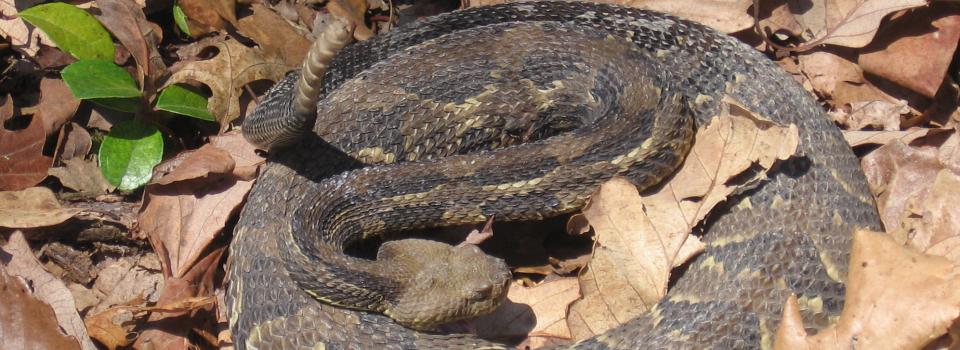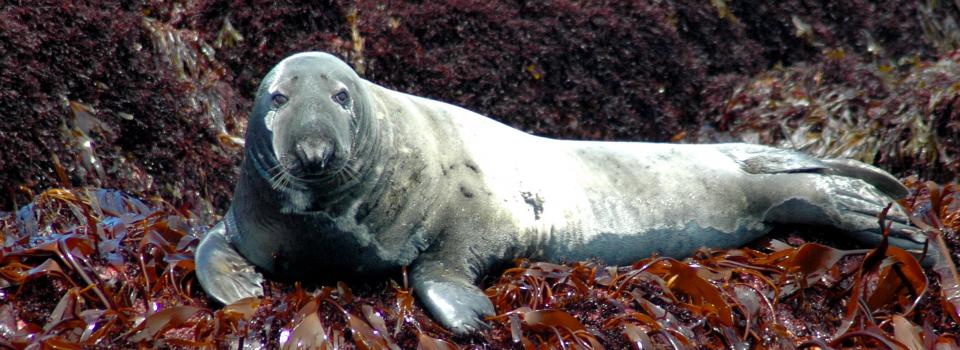
Hermit Thrush
Photo by: Robert Royse

Box Turtle
Photo by: Jonathan Mays

Snowshoe Hare
Photo by: Mike Hodgson

Timber Rattlesnake
Photo by: Kelly Wiley

Gray Seal
Photo by: Jonathan Mays








Connectivity restoration projects can be strategically selected to have the greatest potential ecological benefits with the completion of the Northeast Aquatic Connectivity Project. Staff members from state and federal wildlife agencies, local universities, The Nature Conservancy and other conservation groups collaborated to calculate more than 70 different metrics that affect habitat in the Northeast’s vast interconnected river systems. The outcomes - a final report with appendices, a results spreadsheet and a connectivity tool - will assist resource agencies in the Northeastern U.S. to strategically reconnect fragmented aquatic habitats by targeting removal or bypass of key barriers to fish passage.
The database produced considers nearly 14,000 dams in thirteen states and the District of Columbia, and identifies locations where dam removal or fish passage construction would likely have the most significant ecological benefit. The assessment tool can be customized to consider either anadromous fish like Atlantic salmon, shad and alewife that migrate between fresh and saltwater environments, or to resident fish species like brook trout; and can be used at the scale of states, regions or river basins.
The press release is available below. To view the final report and for access to the results spreadsheet and tool, please visit the Northeast Aquatic Connectivity project page.

© 2020 A Wildlife Management Institute Project